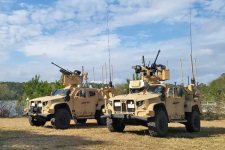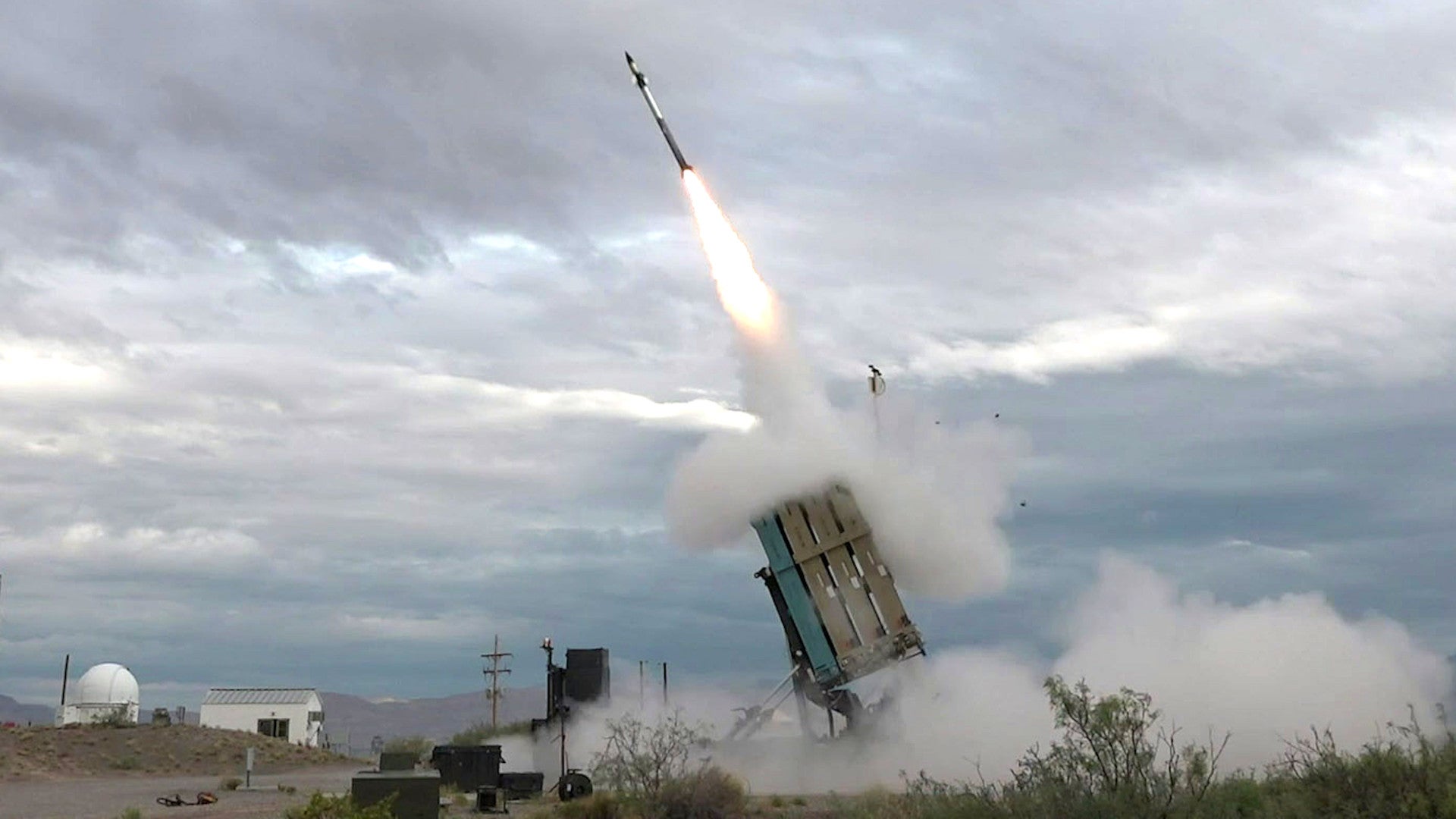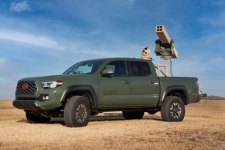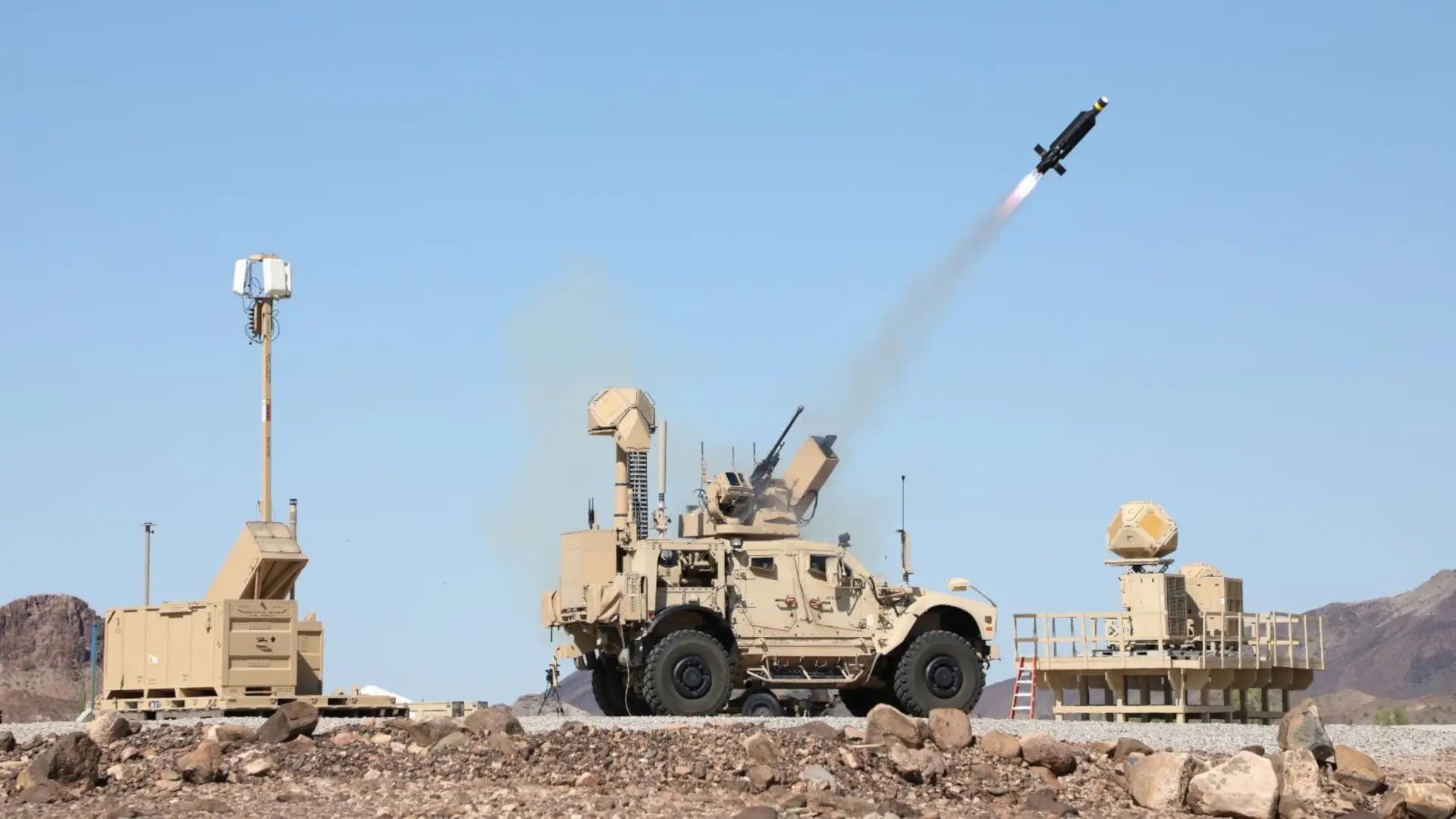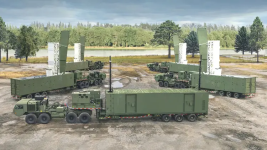This is where I go when I rant about reserve restructure - names and badges are a side piece. We need the Army to task organize itself, and that has to include its reserve. We do not need to buy a vehicle for the reserves, we need to buy vehicles for that do a job for the army that are manned by the reserves.
Couldn't agree more.
The problem is that the army still in the "deploy a battle-group based on company-sized modules" mode. This model considers a brigade headquarters as just another module that is ad hoc'd for the particular mission. That concept really only requires 1) the equipment to be deployed, 2) a sufficient amount of equipment to train the next rotation, 3) sufficient rotations to allow manning a reasonable amount of rotations.
The model is anathema to having a standing force of equipped regulars and reservists organized into fighting and sustainment formations above the battle group (and brigade headquarters) level. Canada can bumble along with what it has (and even less) and still meet the basic battle group model.
The problem with the army organizing itself is that, like
@KevinB frequently reminds us, Canada needs to know what it wants it's army to be when it grows up. How big of a tactical force do we want to be prepared to deploy out of country in short order complete with its equipment (regardless of whether it comes from the regular or reserve force)? Will we never deploy more than a battle group (with a bde headquarters)? or a brigade? or even a division (whether multinational or fully Canadian with all enablers)?
The last time we did this evaluation was in the 1980s when we adopted a divisional model (albeit with very little ability to sustain it after hostilities commenced).
IMHO, for many reasons, that structure still needs to be a division. Considering Canada's economy and the amount already being spent annually on forces in being, an expeditionary division (and all the equipment and forces need to deploy it and make good combat losses for a given timeframe) is the model we should organize and equip on. With the numbers we currently support that equates to a division that can be fully deployed (either as one entity or several smaller ones) and another division to generate the follow-up/replacement forces and be equipped for expected domestic operations (and by domestic I mean warfighting in North America).
Neither division needs to be fully regular force, they can easily be a mix as long as there is a rapid response vanguard force within each. They can both easily be partially reserve force BUT, both must be fully and properly equipped to fulfill their expected roles. Dollars spent on equipment for either regulars or reservists that is not military pattern and not capable of use during hostilities are, IMHO, wasted dollars.
I tend to agree with you on the names and badges issue albeit I find more usefulness in them than many here on this board. The names and badges issue are ones of third or fourth order importance which ought to be dealt with once the big issues are resolved. However, they do matter in order to get the requisite consensus needed for the big issues.


